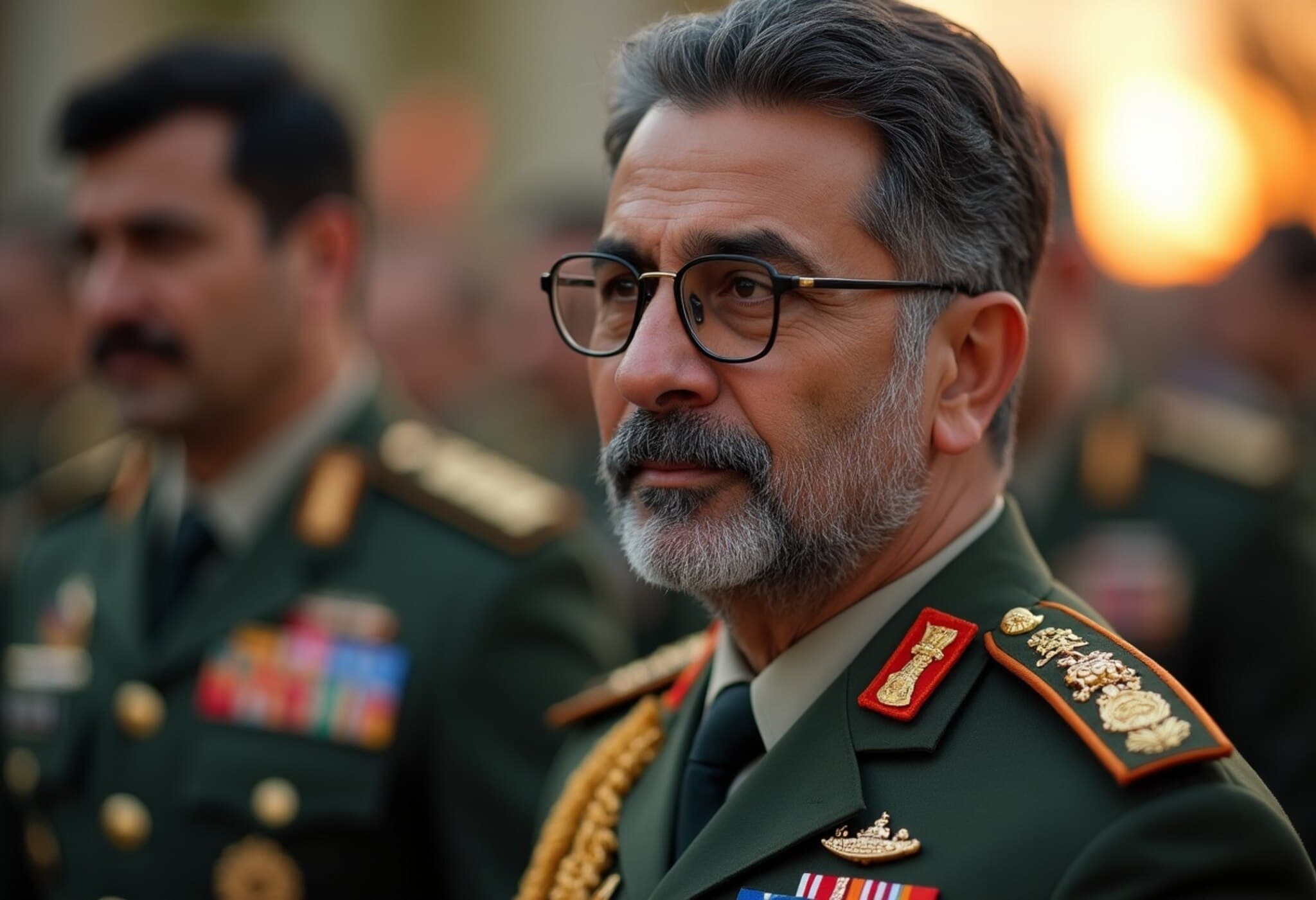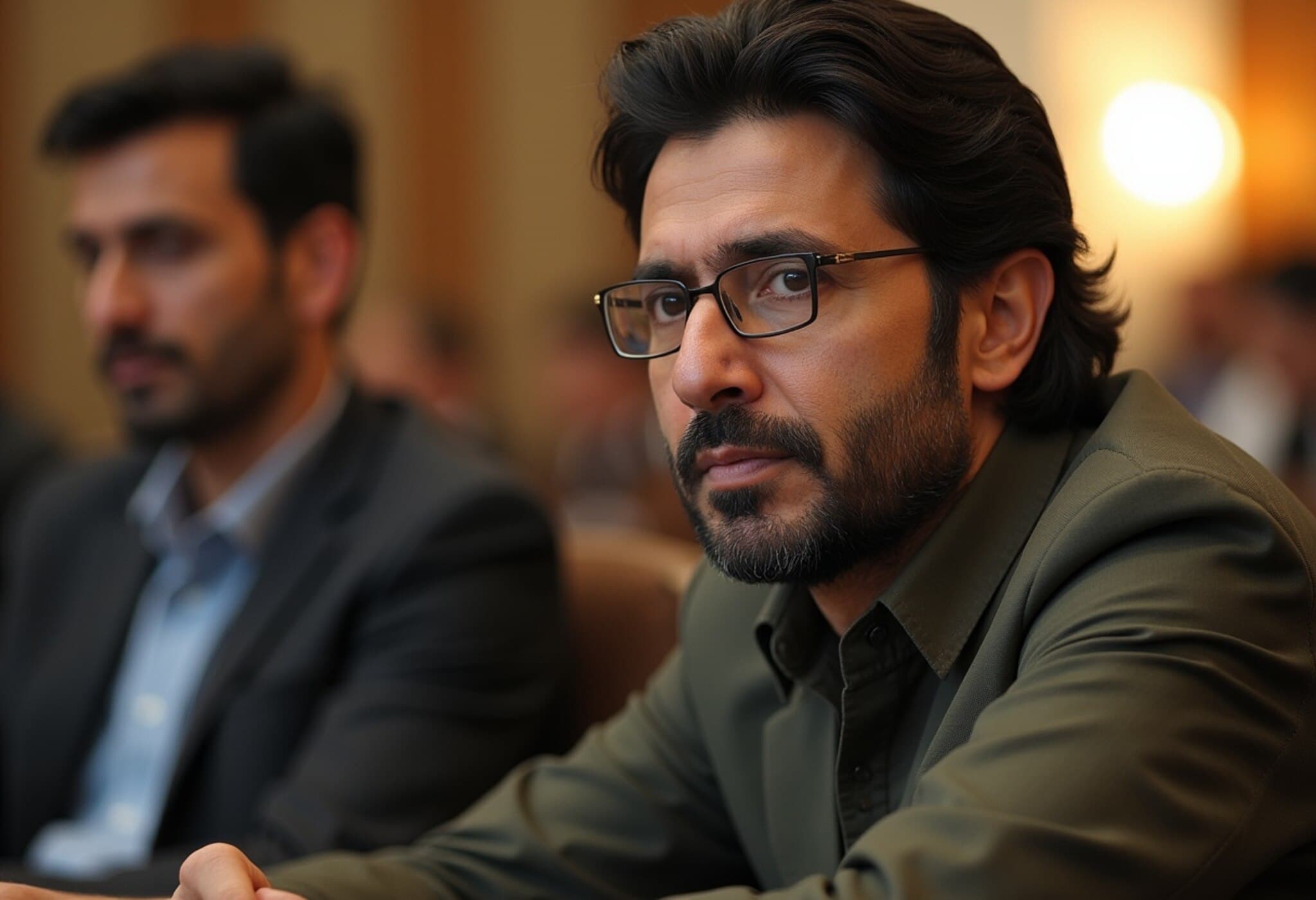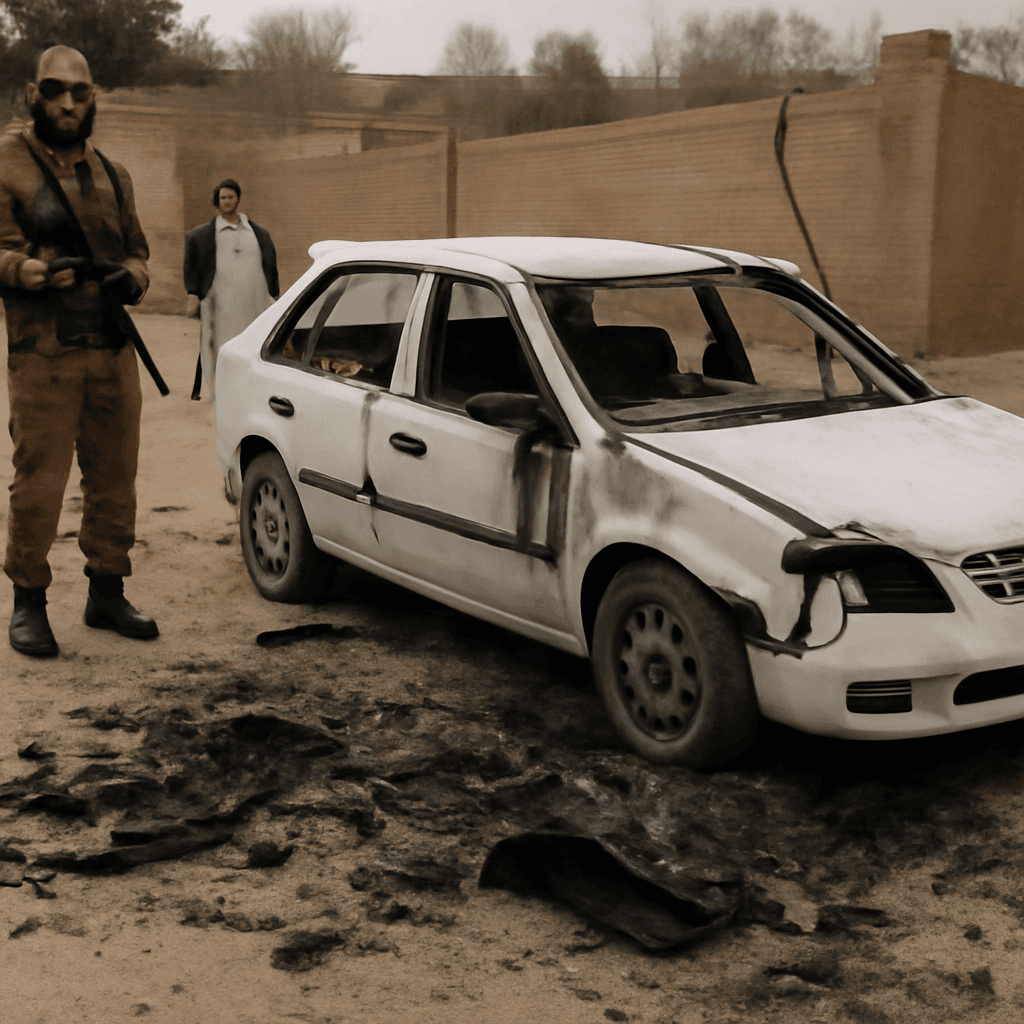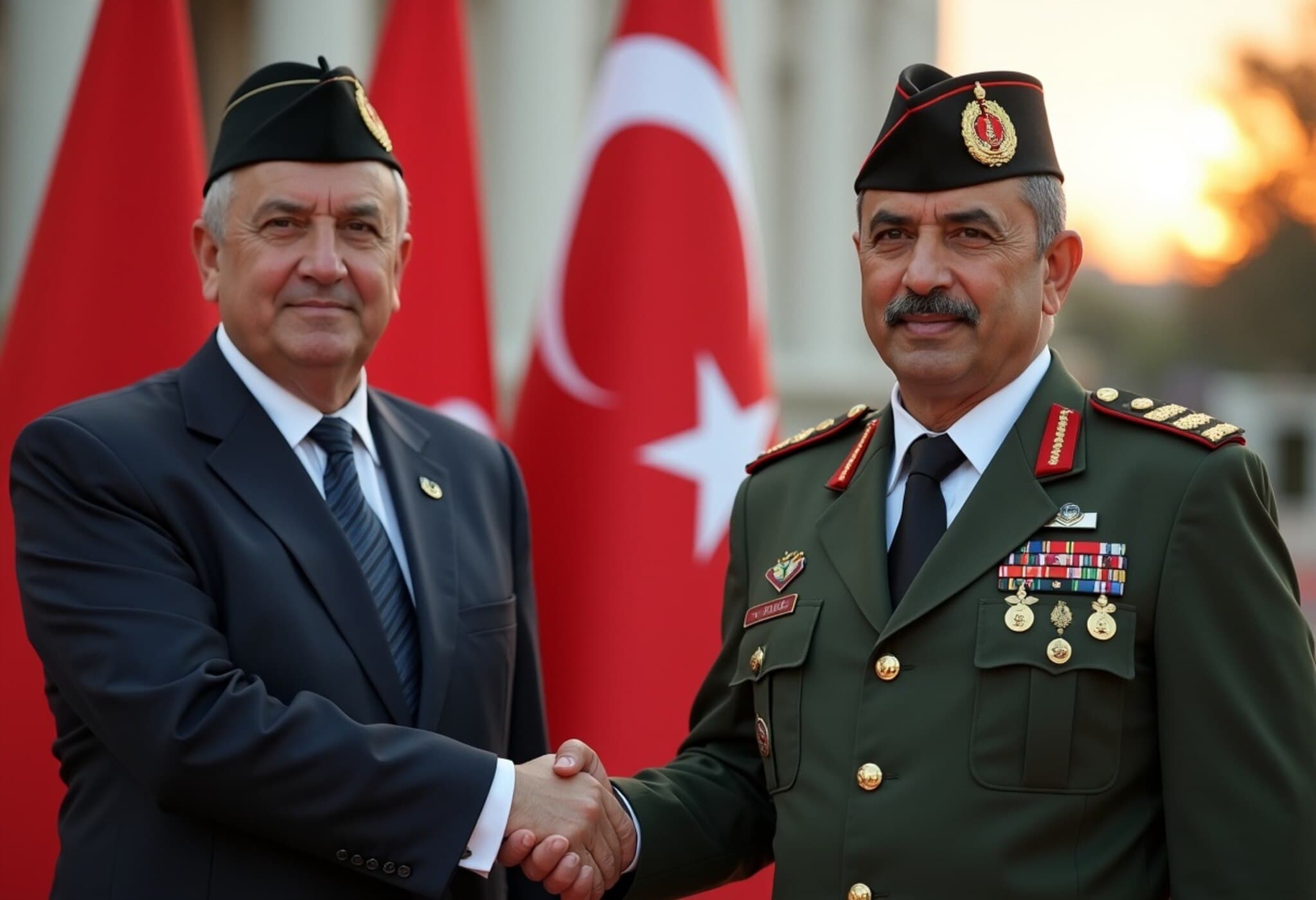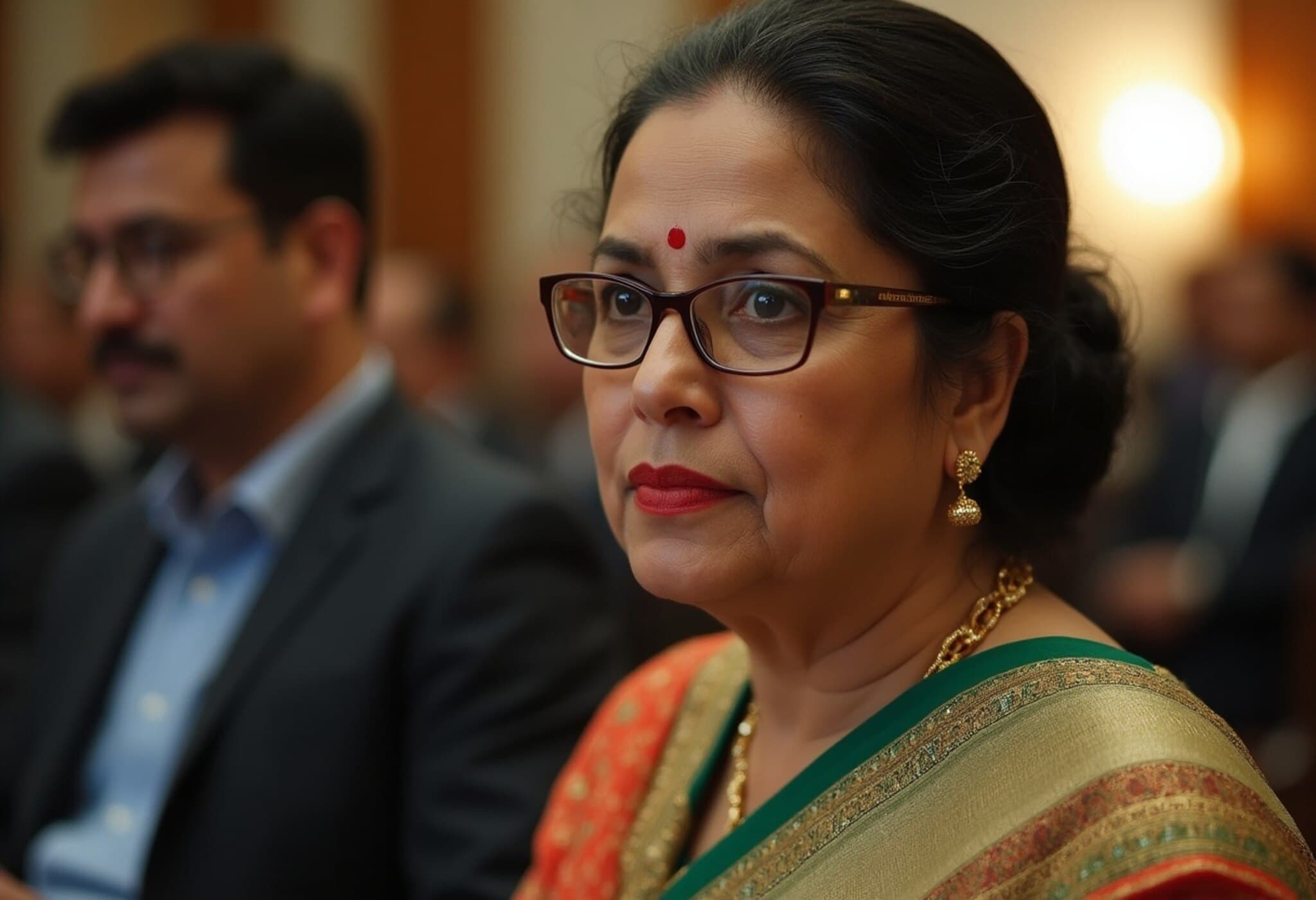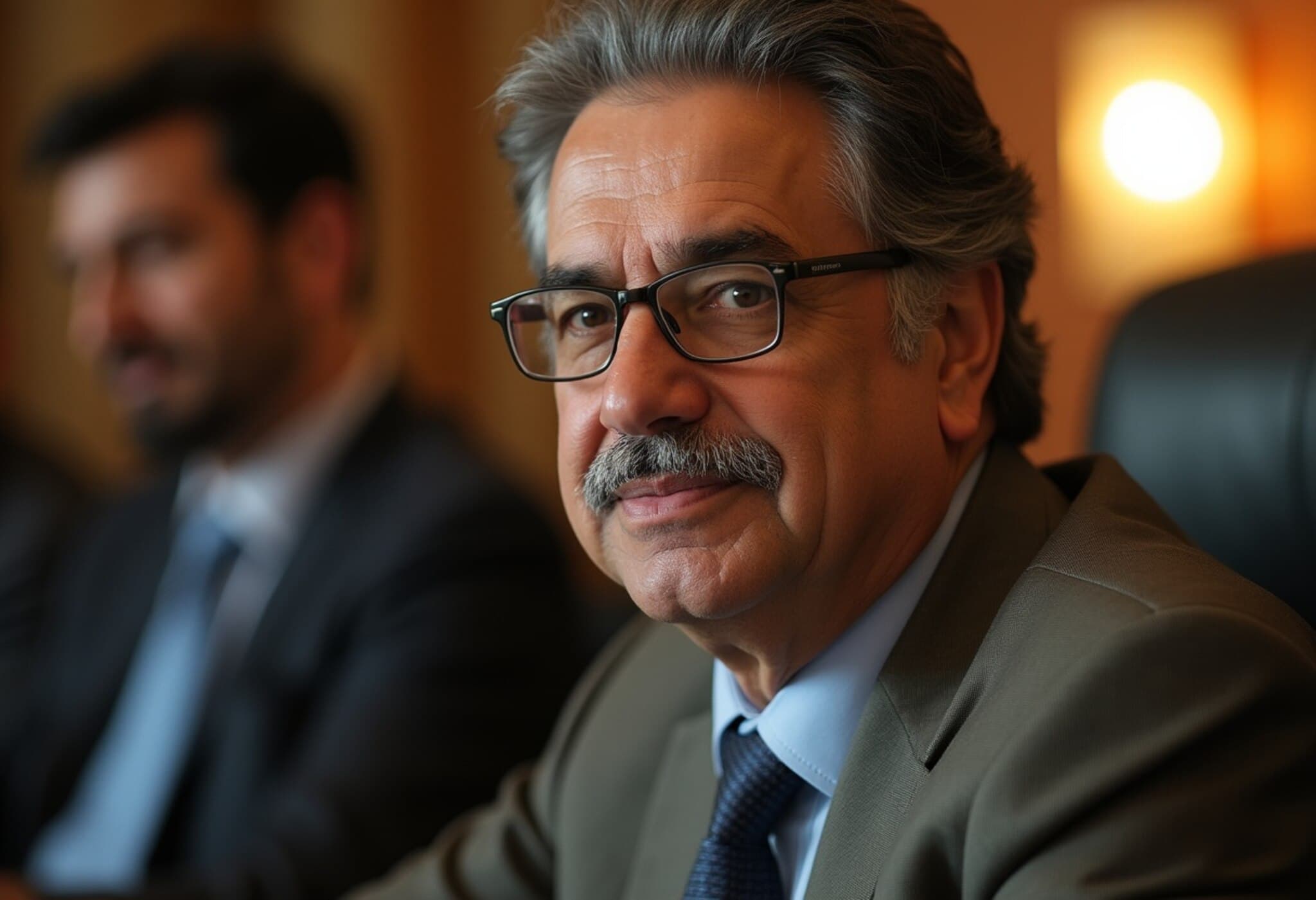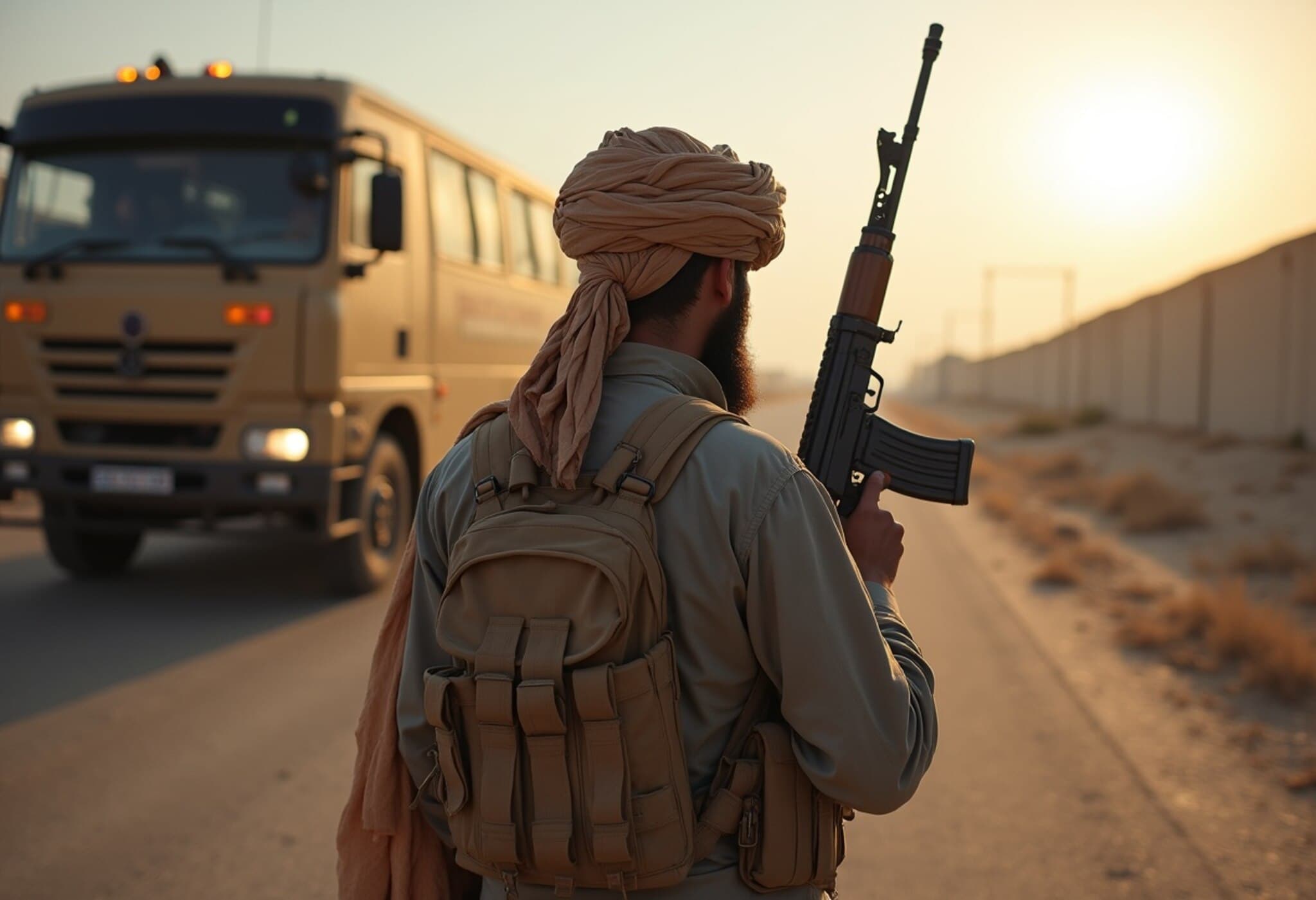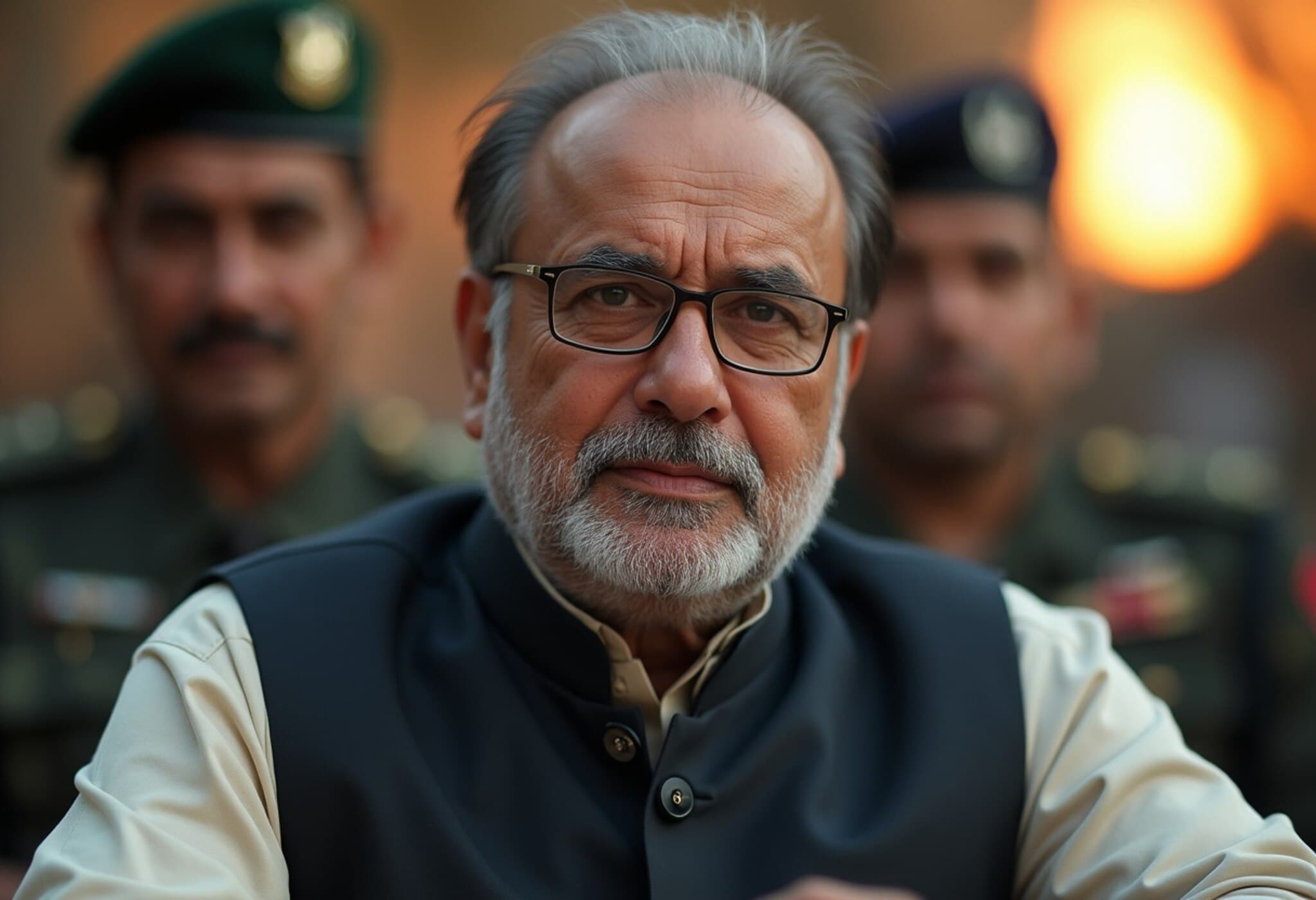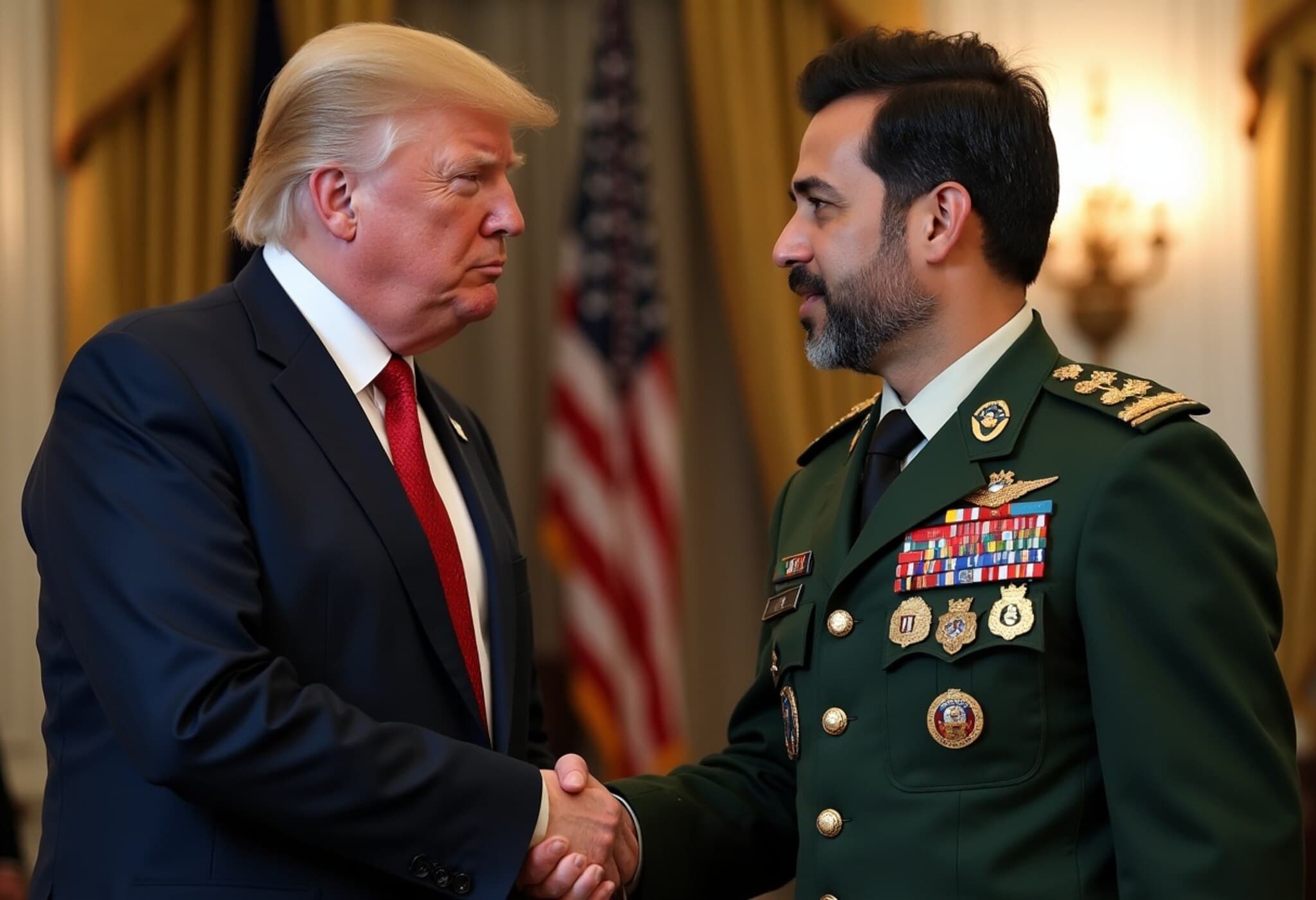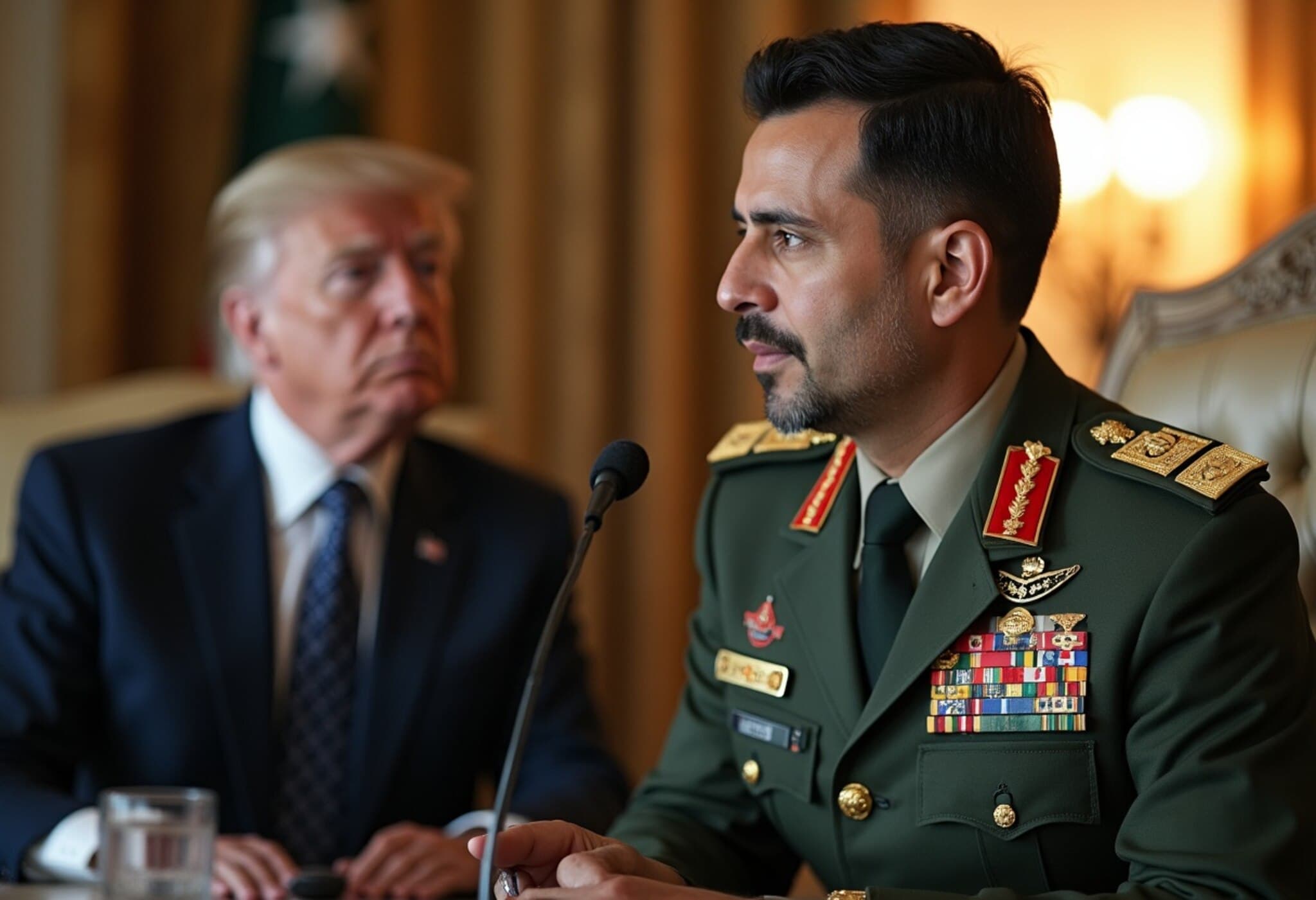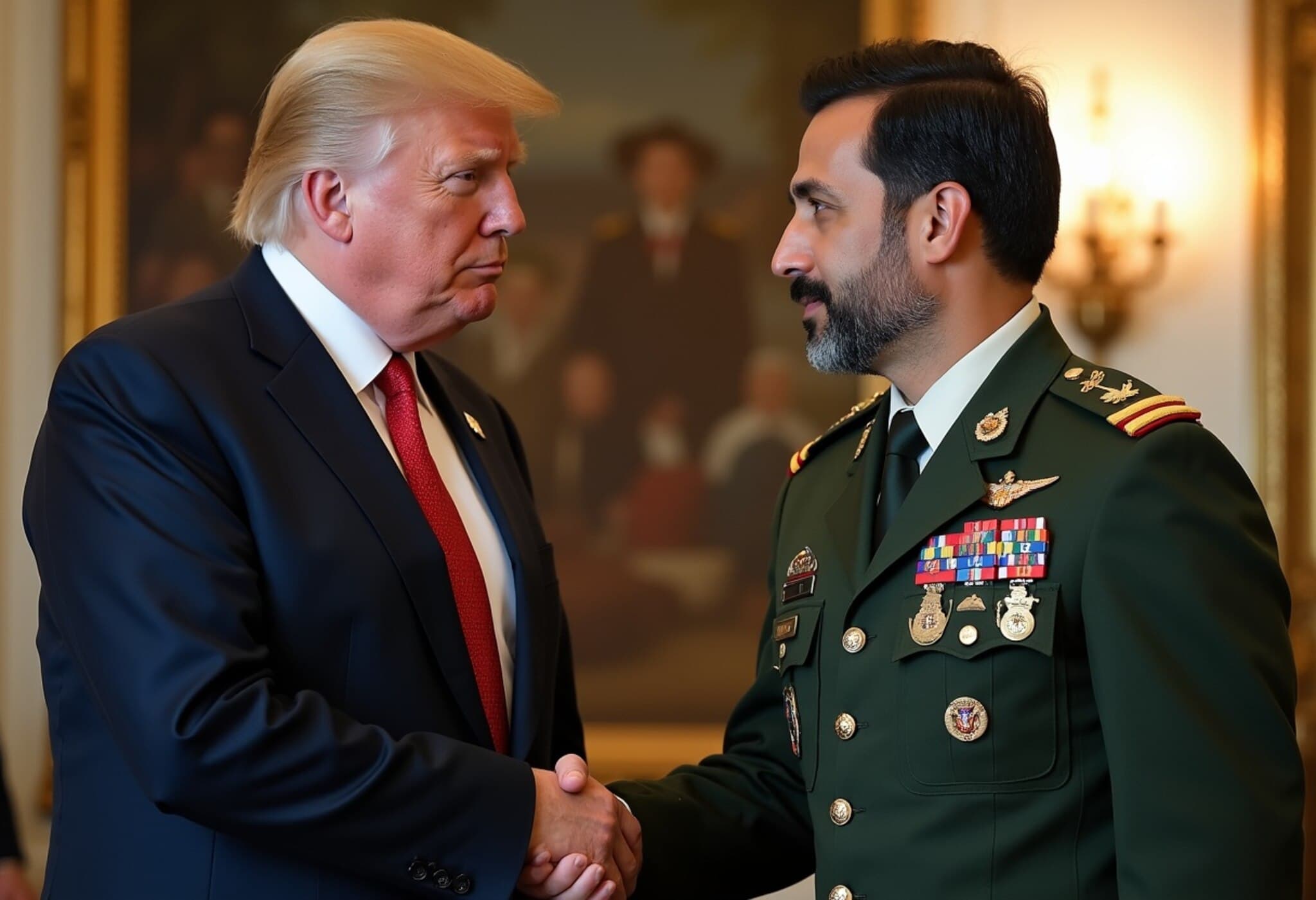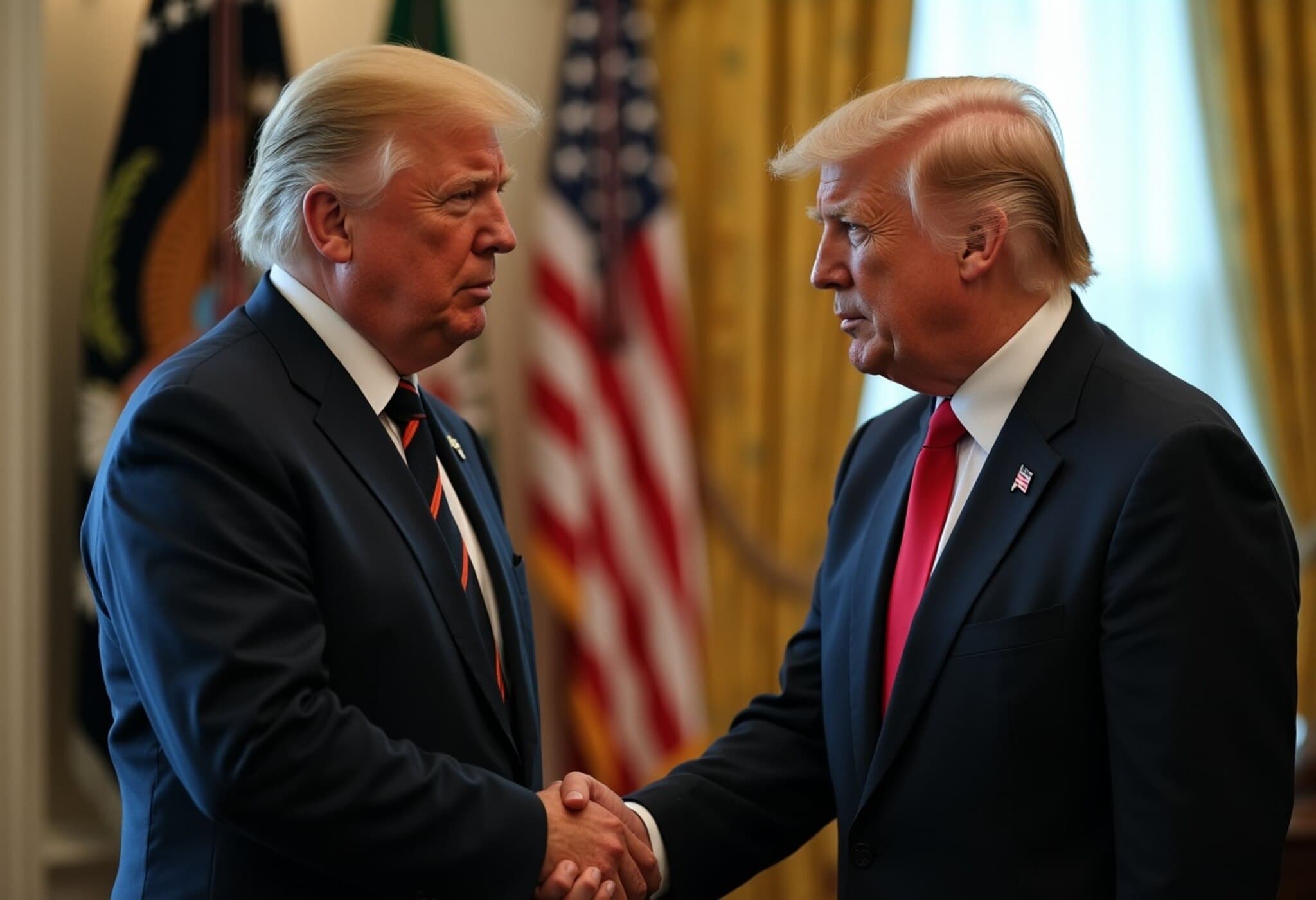Munir’s US Visits Spark Debate Over Real Motives Behind Pakistan-US Rapprochement
When Pakistan Army Chief Field Marshal Asim Munir posed for photographs in Florida alongside top U.S. military generals, many in Pakistan read it as a promising thaw in Pakistan-US relations. This visit marked the second time within two months that Munir was welcomed so warmly into Washington’s corridors of power, leading to hopes of a genuine reset. But analysts are asking: is this conviviality aimed at Pakistan’s long-term benefit — or is Munir merely a strategic figure leveraged by former President Donald Trump to get India’s attention?
Trump’s Chessboard: Pakistan as a Card to Leverage India
To understand the dynamics, context is essential. The backdrop includes the stalling of a major India-US Bilateral Trade Agreement (BTA) after multiple negotiation rounds. India-US ties, once close especially with Prime Minister Narendra Modi’s America-friendly outreach, have recently grown tense due to tariffs and diplomatic spats.
Munir’s private two-hour lunch with Trump in Washington—shortly after one of the bloodiest India-Pakistan military skirmishes in decades—was hailed in Islamabad as a diplomatic victory. Yet, Washington watchers suggest the true beneficiary might be Trump himself, who seems to be exploiting Munir and Pakistan as instruments to unsettle New Delhi and gain leverage.
The “Pakistan Card” in Trump’s South Asia Strategy
Once an outspoken critic branding Pakistan as deceptive, Trump’s sudden warmth toward Islamabad raised eyebrows. By mid-2025, Pakistan-US ties were unexpectedly warming, while India appeared increasingly resistant. Policy analyst Husain Haqqani remarked on this apparent switch, identifying it as a calculated move by Trump’s administration to “play the Pakistan card”—not to genuinely empower Pakistan, but to annoy India and force Modi back into negotiations under Trump’s terms.
Transactional Partnership: Mutual Gains or Strategic Posturing?
The strategy was straightforward: elevate Pakistan just enough to unsettle India’s calculus on its US engagement. In turn, Pakistan, eager not to be sidelined, enthusiastically deepened counterterrorism ties and pursued investments in oil, minerals, and emerging sectors like cryptocurrencies.
But experts caution this friendliness is transactional, driven less by goodwill toward Pakistan and more by a desire to remind India that the US holds multiple cards in the region, with Pakistan being a key one.
Munir’s Contrasting Roles: Hardline Rhetoric Meets Diplomatic Outreach
Interestingly, Munir’s public statements at home underline this paradox. Just before the deadly Pahalgam attack on tourists in Jammu and Kashmir—attributed to ideologically motivated terrorists—Munir described Kashmir as Pakistan’s “jugular vein,” a charged phrase evoking Pakistan’s nationalist core.
He revived the foundational “two-nation theory,” casting the conflict in religious terms, which many see as inflammatory and a justification for militant actions in Kashmir. At the same time, Munir offered to be a back channel between the US and its adversaries, including Iran and China, reminiscent of Pakistan’s Cold War-era role in facilitating US-China rapprochement. This juggling act reflects Pakistan’s strategic flexibility but also renders it vulnerable to shifting geopolitical games.
Economic Promises Amidst Pakistan’s Domestic Challenges
Trump’s high-profile promises to help exploit Pakistan’s vast but largely untapped oil reserves, and boost investments in minerals and cryptocurrencies, were warmly welcomed amid Islamabad’s ongoing economic crisis. Pakistan is currently struggling under a $7 billion IMF bailout and relies heavily on debt rollovers from China and Gulf states.
Yet, much of the resource wealth lies in conflict-affected regions, and investors remain cautious. These aid offers, while encouraging, come with the risk of being withdrawn if expected results don’t materialize, exacerbating Pakistan’s economic volatility.
The Volatility of an Unequal Partnership
Trump’s need for headline-grabbing successes fits Pakistan’s interest in showcasing its indispensability. For example, Islamabad’s March capture of a high-value ISIS-K operative was publicized as evidence of its cooperation and reliability.
After the May 2025 India-Pakistan conflict, Pakistan credited Trump with brokering a ceasefire and even nominated him for the Nobel Peace Prize. Munir lauded Trump’s “strategic leadership” as a bulwark against wider wars.
Yet former Pakistani Prime Minister Shahid Khaqan Abbasi cautioned about the dangers of depending too much on such an unpredictable ally. Trump’s past public rebukes of former friends, like Ukraine’s Zelenskyy, signal that a change in his calculus—say, a rapprochement with India—could leave Pakistan abruptly marginalized.
Munir’s Role: Victim of Geopolitical Theatre or Skilled Diplomat?
Viewed through this prism, Munir’s Washington visits and public smiles come off less as signs of a balanced partnership and more as orchestrated acts in Trump’s strategic theatre. Pakistan’s Army Chief, no doubt skilled and influential domestically, may risk being used as a pawn in a larger game designed not for Pakistan’s permanent benefit but as leverage against India.
Should Trump succeed in drawing Modi back on his terms, Pakistan’s newfound favour may evaporate overnight, exposing the fragility of its current upward trajectory.
Editor’s Note
The evolving dynamics between Pakistan, the United States, and India underscore a precarious balancing act in South Asia’s geopolitical landscape.
- Is Pakistan empowered or merely instrumentalized in Trump’s efforts to pressure India?
- How sustainable are the transactional economic promises amid Pakistan’s deep systemic challenges?
- Can Pakistan navigate this diplomatic tightrope without compromising its own interests and dignity?
Understanding these questions is vital as the region braces for potential shifts in alliances and policies that could redefine South Asia’s future.

